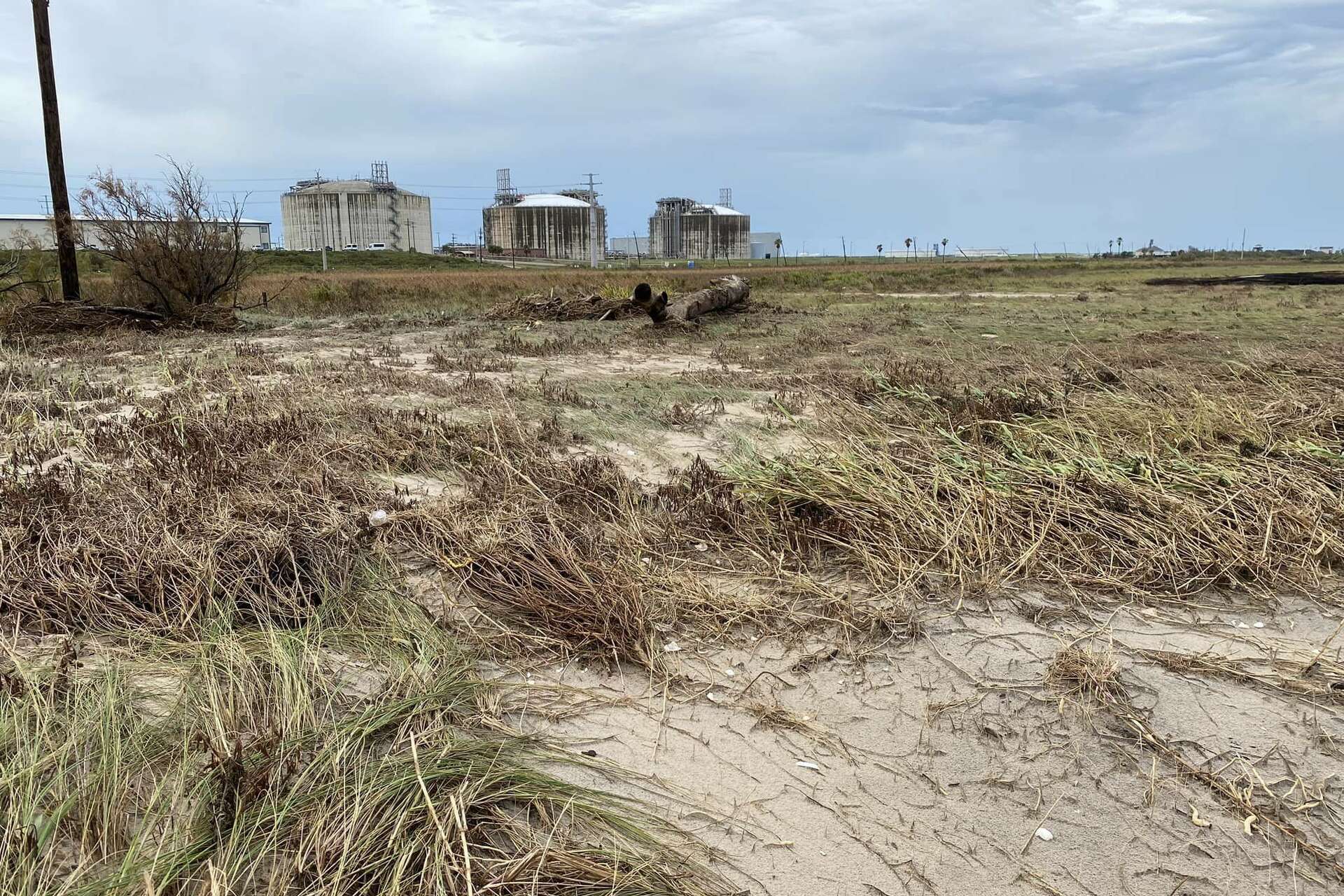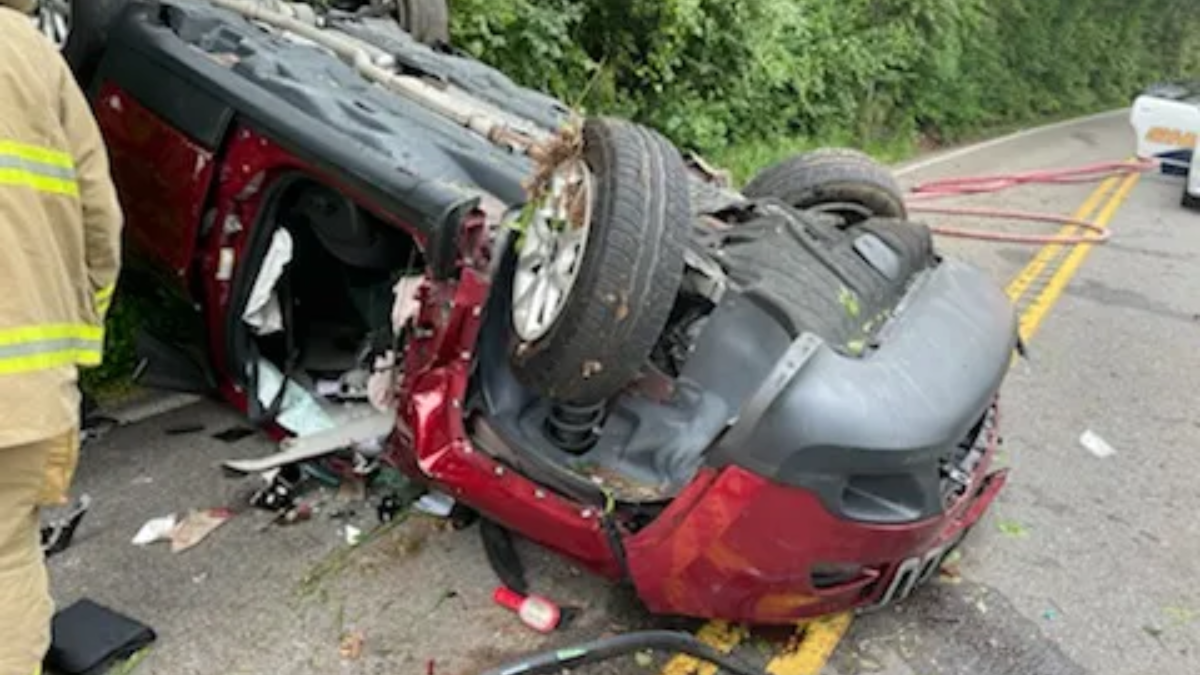Hurricane Beryl, a Category 1 storm, hit the Texas Gulf Coast on July 8, causing significant disruption. While power has been restored to many residents, other impacts of the storm, including damage to coastal sand dunes, continue to be felt.
The hurricane, which made landfall near Matagorda, Texas, brought winds of up to 97 miles per hour, resulting in flattened sand dunes along the Texas coast. These dunes, which serve as a crucial defense against flooding by forming a natural barrier, can take years to build but were destroyed in just hours. The situation was worsened by high tides and storm surges, which further eroded these protective barriers.
Brandi Keller from the Coastal and Marine Resources of Galveston County Texas A&M AgriLife Extension Service explained that rebuilding dunes is a lengthy process. Factors such as the remaining beach area, the stability of the sand under tides, and the maturity of vegetation affect how quickly dunes can regenerate. “It naturally takes years for dunes to build up again,” Keller said.
Footage from the affected areas shows dramatic changes. Coastal dunes in Quintana, Freeport, and Surfside have been flattened, leaving behind previously hidden structures. Viv Alford, a local resident, noted that Quintana Beach has lost all three of its dunes, altering the beach’s appearance significantly. Similarly, Luanne Salinas from Freeport discovered a septic tank system previously buried under the sand on Quintana Beach, exposed by the storm’s erosion.
In contrast, state parks like Galveston Island State Park and Sea Rim State Park reported minimal damage to their dunes. According to Texas Parks and Wildlife Department (TPWD), Hurricane Beryl’s impact was less severe compared to past storms like Hurricane Ike. The dunes at these parks mainly experienced minor flattening of the foredunes, which are expected to quickly reform within a year.
The storm’s timing was somewhat fortuitous for certain wildlife, such as sea turtles, whose nesting season had recently ended. However, shorebirds, which have been struggling due to high tides this year, showed less activity after the storm. Despite these challenges, wildlife like diamond-backed rattlesnakes and coyotes remain common in coastal parks. TPWD noted that local wildlife is generally well-adapted to hurricanes and tends to recover quickly.
In response to the damage, the Texas General Land Office (GLO) has confirmed that many beaches and dunes along the Upper Texas Coast are critically eroded. While some natural recovery is expected, significant damage remains. The GLO is collaborating with the U.S. Army Corps of Engineers to restore dunes and implement erosion control measures. This includes using sand from dredging projects and identifying new sand resources. Emergency rules have also been adopted to speed up beachfront construction and dune protection permitting in affected areas.
Also Read:
- Texas Power Outages Continue as Hurricane Beryl’s Aftermath Unfolds
- Houston Mother Fights for Justice After Rotten Tree Destroys Home in Hurricane Beryl
As Texas works to recover from Hurricane Beryl, the focus is on rebuilding and restoring the coastal environment. The storm has highlighted the need for better preparation and response strategies to protect and maintain these vital coastal defenses.




